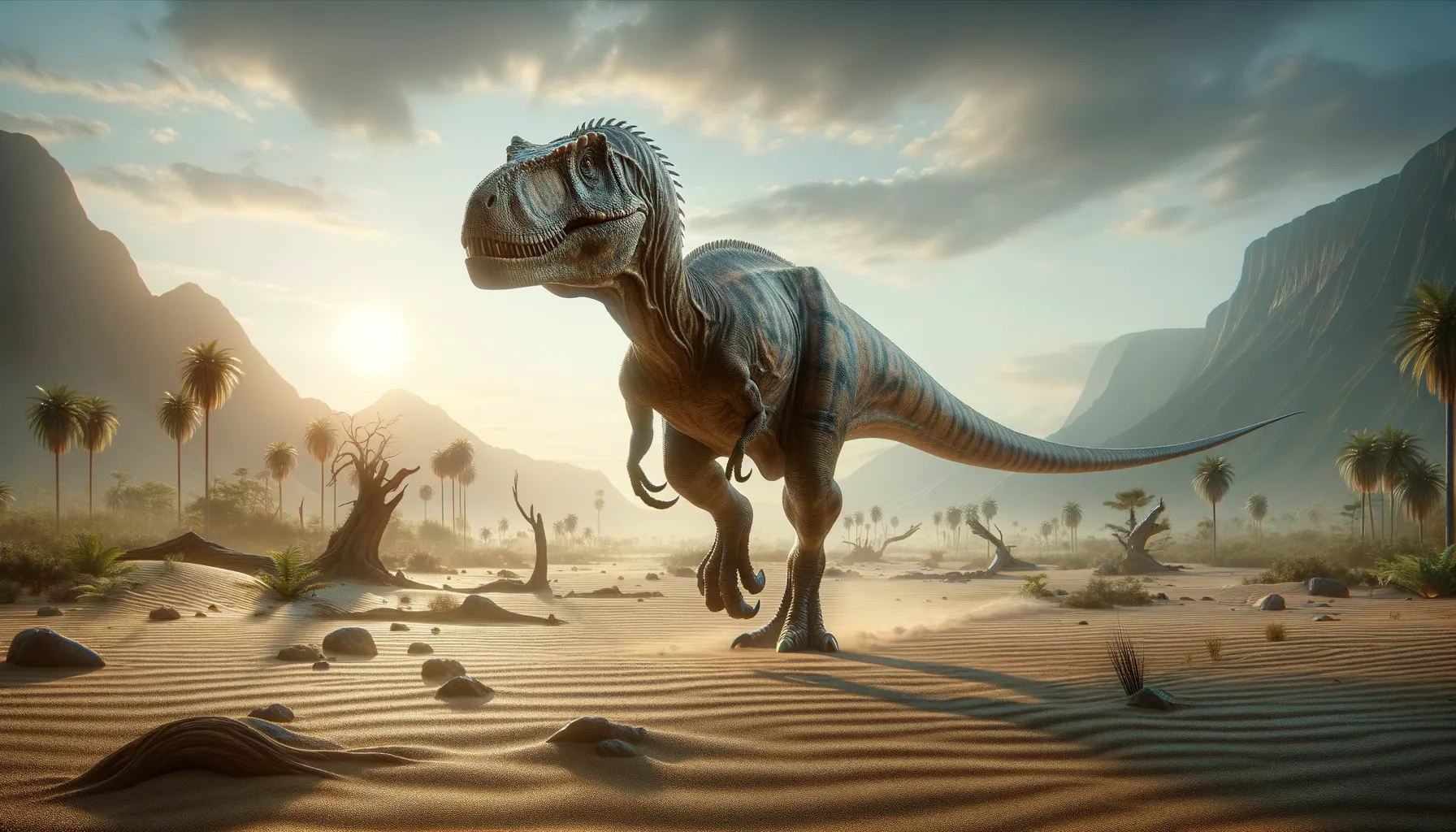
Technosaurus
An ancestor in the dinosaur story.
Period
Triassic
Length
Approximately 1.2 meters long.
Height
About 40 centimeters tall at the hips.
Weight
Roughly 15 kilograms.
Technosaurus was a small, agile dinosaur from the late Triassic period, roughly 225 million years ago. It belonged to a group of early ornithischians that were among the early ancestors of later, more famous herbivorous dinosaurs. Fossil findings have provided incredible insights into the features and lifestyles of these early dinosaur relatives, making Technosaurus an important piece of the evolutionary puzzle.
Diet
Technosaurus was primarily an herbivore, feeding on the fibrous plants that thrived during the late Triassic period. Its small size and specialized teeth suggest it could have also supplemented its diet with small insects or other arthropods.
Hunting
Being an herbivore, Technosaurus did not hunt for prey. Its survival depended on foraging for plants and possibly small insects, using its rapid mobility to escape predators.
Environmental challenges
The late Triassic was a time of significant climatic changes with shifting environments. Technosaurus had to cope with periodic droughts and the transformation of its habitat from lush forests to arid zones. These environmental shifts played a major role in shaping its adaptive traits and behaviors. They might have also influenced migration patterns in search of more stable living conditions.
Speed
Moderate pace, suitable for short runs.
Lifespan
Estimated to live around 20 to 30 years.
First discovery
Discovered in Texas, USA, in 1984 by Sankar Chatterjee.
Fun Facts
- Technosaurus is not actually related to technology, despite its name; it was named based on a fossil found near Texas Tech University.
- This dinosaur lived during the Late Triassic period, around 210 million years ago, a time when dinosaurs were just beginning to emerge.
- Technosaurus was a small dinosaur, estimated to be about the size of a turkey, making it quite tiny compared to later dinosaurs.
- Although initially thought to be a very early ornithischian, further studies suggest that it might belong to a different group of reptiles.
- The remains of Technosaurus are scarce, with only a handful of fossils found, making its exact classification a subject of debate among paleontologists.
- Technosaurus is one of the many examples of how continuously evolving scientific understanding can reshape our perception of ancient creatures.
- Being a creature of the late Triassic period, Technosaurus would have shared its environment with other early dinosaurs and prehistoric life forms.
Growth and Development
Technosaurus exhibited rapid growth during early stages of its life, supported by ample vegetation. Its skeletal structure indicates that the young were relatively independent early on, needing to quickly adapt to potential threats. As technology advanced, scientists gathered more information about its development through fossilized growth rings, much like studying tree rings.
Habitat
Technosaurus inhabited regions that are now part of Texas, USA, where it roamed semi-arid landscapes with occasional forested areas. The region's environmental conditions included periods of lush vegetation, which supported its herbivorous diet. Fossil evidence suggests that it might also have lived near water sources.
Interaction with other species
Technosaurus shared its environment with other early dinosaurs and reptiles, each competing for resources. It likely had to display agility and awareness to avoid being preyed upon by carnivorous contemporaries. Despite being primarily herbivorous, it had an ecological role in affecting plant distribution and growth, influencing the habitat diversity.
Natural lifespan
Technosaurus likely lived to around 20 to 30 years in the wild.
Reproduction
Like most dinosaurs, Technosaurus reproduced by laying eggs. The fossil record doesn't provide much data on its nesting behavior, but it likely selected safe environments for laying eggs, protecting them from environmental threats. Young Technosaurus might have been relatively self-sufficient upon hatching, minimizing parental investment.
Social behaviour
There is little evidence for complex social structures in Technosaurus, though it might have lived in loose groups for better survival. Grouping could offer protection against larger predators and aid in foraging efforts through collective awareness of food resources. However, more studies are needed to define its social dynamics precisely.
Fossil locations
Fossils of Technosaurus have mainly been discovered in Texas, providing insights into its existence during the late Triassic period. These fossils have been crucial for understanding the early stages of ornithischian dinosaurs. Ongoing excavations may uncover additional specimens, offering more detailed views of its life and environment during its era.
